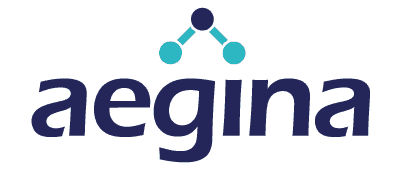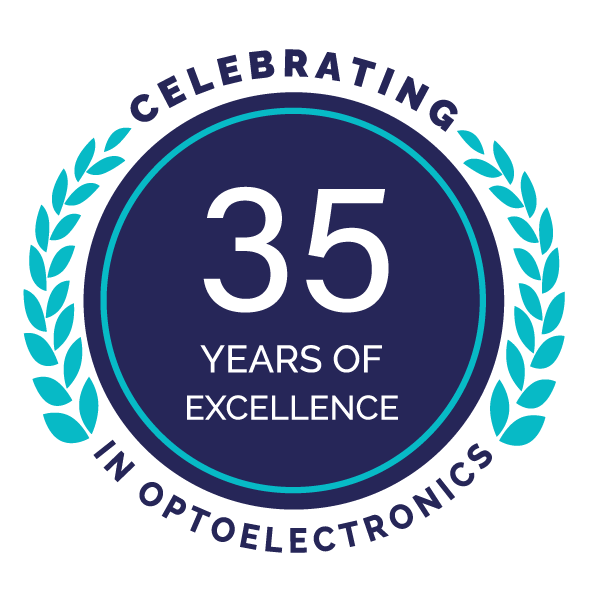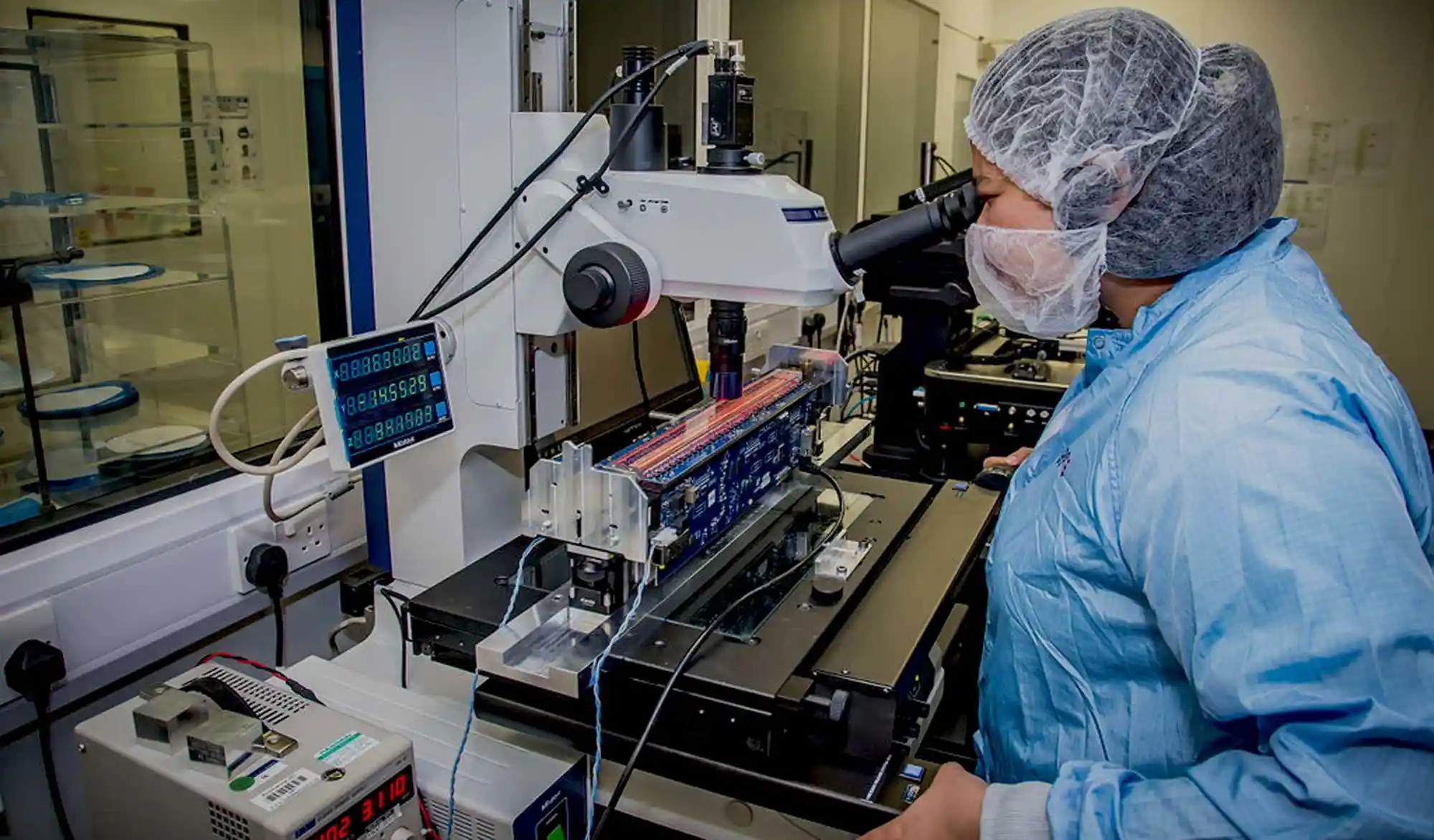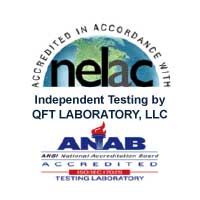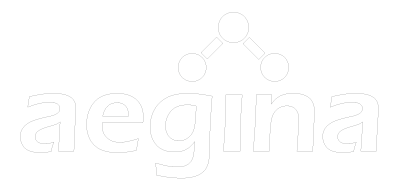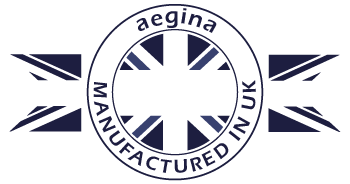We featured in the latest edition of Semiconductors Reviews as Top Photonics Solutions Provider in UK 2022. One of the reasons highlighted in the article is the innovation of LEDs to Purify Water, stating “...testament to this robust in-house innovation capacity is PRP’s Aegina—an intelligent UVC LED water purification system that delivers 99.99 percent clean, Class A (NSF 55 Standards) pure water. Aegina is a groundbreaking innovation against the backdrop of an impending water crisis. According to WHO, access to drinkable clean water is one of the most pertinent challenges of modern societies, and by 2025, more than half of the world’s population will be living in water-stressed areas. Even though existing UV-enabled water purification systems might be present as the first line of defence for solving this impending crisis, these solutions are more harmful than good for the environment. This is because traditional UV water purifiers use mercury lamps as a source of UV, making them not only expensive but also bad for the environment in the long run. To overcome these detrimental environmental effects of traditional mercury lamps, PRP has developed Aegina using safer UV LED sources. The LEDs emit a specific wavelength of UV light, which affects the wall of the pathogen’s cells, causing irreversible damage to their DNA—rendering them ineffective and making the water readily drinkable.
Aegina’s sophisticated technology is currently available in a variety of sizes, from treating 3-18 litres of water per minute to even larger volumes of water. As a result, Aegina’s water purification is perfectly suitable for off-grid living, such as motor
homes, recreational vehicles, boats, and yachts on the one hand, and industry-scale complexes like hotels, medical facilities, and
workspaces on the other—making it a widely accepted solution. “You can even set up Aegina in a remote village with a standpipe. It will always deliver virus-free, drinkable water for the local people,” underscores Kevin Peart, managing director of PRP.”
Click to read more about OffGrid Living , Canal Boats , Motor Homes, Vans & Caravans.
View all Semiconductor Review Top Photonics Solutions Companies
